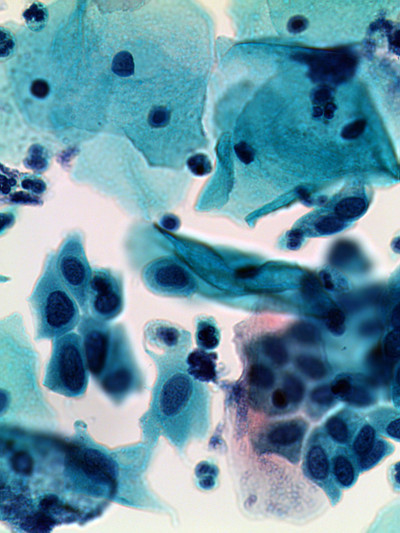Laboratory Services
Lactic Acid
Print this pageUpdated Test Information:
| Test Description |
Lactic Acid
|
|
|---|---|---|
| Synonym(s) |
Lactic Acid |
|
| Test ID |
LA
|
|
| Performing Lab |
Incyte Diagnostics |
|
| General Information |
Anaerobic glycolysis markedly increases blood lactate, especially with prolonged exercise. The common cause for increased blood lactate is anoxia resulting from such conditions as shock, pneumonia and congestive heart failure. Lactic acidosis may also occur in renal failure and leukemia. Thiamine deficiency and diabetic ketoacidosis are associated with increased levels of lactate and pyruvate. Lactate measurements that evaluate the acid‑base status are used in the diagnosis and treatment of lactic acidosis (abnormally high acidity in the blood). |
|
| Specimen Type |
Plasma |
|
| Specimen Requirements |
Gray top |
|
| Alternate Specimen Type |
Heparinized plasma is acceptable, but precautions must be taken to retard glycolysis by keeping the whole blood on ice and then separating the plasma from the cells within 15 minutes of collection. |
|
| Specimen Collection / Processing Instructions |
Centrifuge and aliquot plasma to an aliquot tube within 15 minutes of collection. Avoid the use of a tourniquet, if possible |
|
| Minimum Sample Volume |
1 mL |
|
| Pediatric Min. Volume (if applicable) |
500 uL |
|
| Additional Processing Details |
Centrifuge and aliquot plasma to an aliquot tube within 15 minutes of collection. Avoid the use of a tourniquet, if possible |
|
| Stability |
Stability in plasma (separated): |
|
| Unacceptable Specimen Conditions |
Do not use serum specimens. |
|
| Limitations |
The lactate level increases rapidly with physical exercise. The time required for return to normal lactate values depends on the physical fitness of the subject. 30 minutes at rest is usually sufficient for this purpose. |
|
| Methodology |
Colorimetric |
|
| Estimated TAT |
0-2 days |
|
| Testing Schedule |
Monday-Saturday |
|
| CPT Code(s) |
83605 |
|
| Reference Range |
4.5-19.8 mg/dL |
|
| LOINC Code(s) |
2524-7 |
